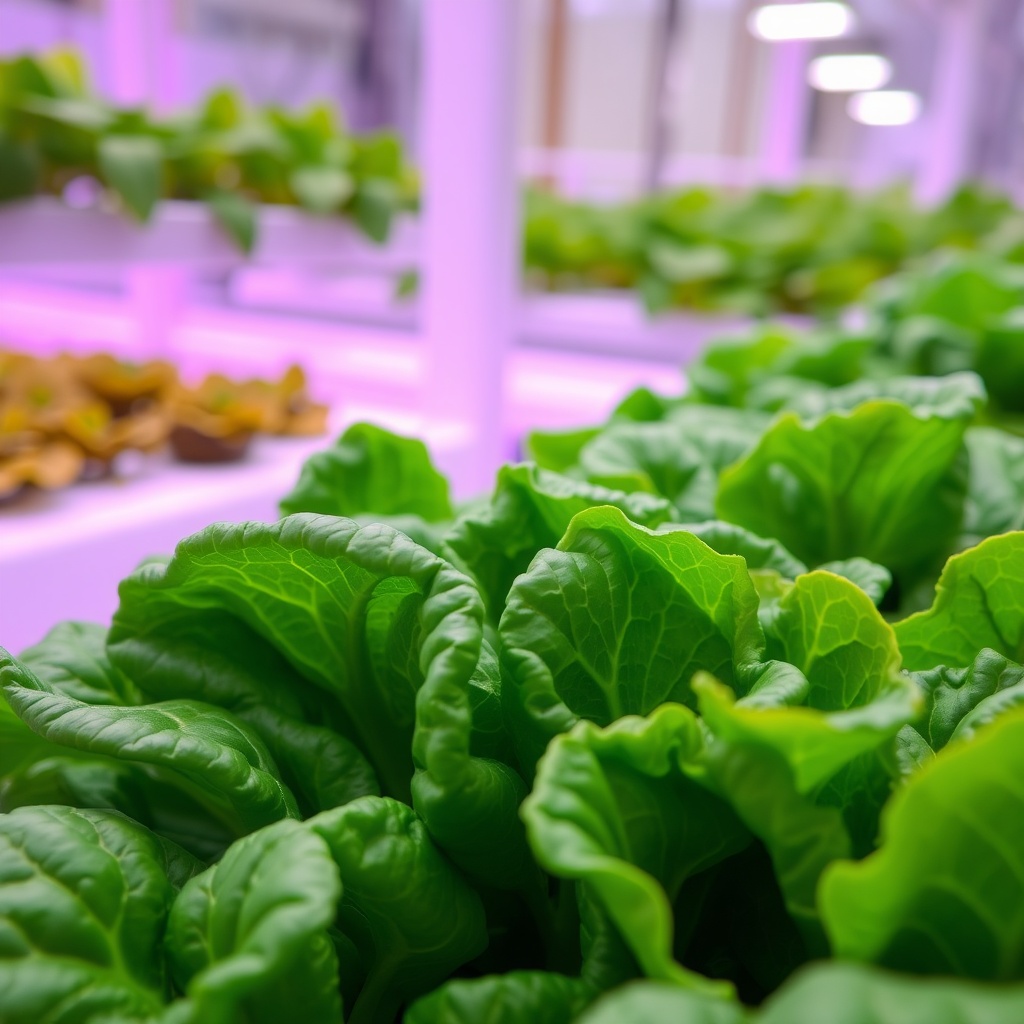Understanding the Causes of Leaf Curling
Leaf curling in hydroponic crops can be a perplexing issue for growers. This phenomenon not only affects the aesthetic appeal of the plants but can also significantly impact their health and productivity. Identifying the root causes of leaf curling is essential for any hydroponic farmer aiming to ensure robust crop growth.
Several factors contribute to this troubling condition, ranging from environmental stressors to nutrient imbalances. By understanding these causes, growers can take proactive measures to mitigate the issue and promote healthier plants.
Effective Solutions for Leaf Curling
Once the causes of leaf curling have been identified, the next step is to implement effective solutions. Fortunately, there are several strategies that hydroponic growers can adopt to resolve this issue and restore the vitality of their crops.
- Nutrient Adjustment: Regularly testing and adjusting nutrient solutions can help maintain optimal levels of essential elements such as nitrogen, potassium, and magnesium.
- Environmental Control: Monitoring and controlling environmental factors such as humidity, temperature, and light can prevent stress-related curling.
- Pest Management: Implementing integrated pest management (IPM) strategies can help protect plants from pests that might contribute to leaf curling.
With these proactive measures, hydroponic growers can effectively combat leaf curling and foster an environment conducive to healthy crop growth.
Preventive Measures for Future Growth
Prevention is always better than cure, especially in hydroponic farming. By implementing certain practices, growers can minimize the risk of leaf curling in their crops, ensuring a bountiful harvest.
Establishing a routine for monitoring plant health and environmental conditions is crucial. Regularly checking pH levels, nutrient concentrations, and plant growth can help in early detection of potential issues. Additionally, using high-quality seeds and maintaining a clean growing environment can significantly reduce the likelihood of pest infestations and diseases.
Key Preventive Strategies:
- Regular Monitoring: Keep an eye on nutrient levels and environmental conditions.
- Quality Seeds: Choose disease-resistant and robust seed varieties.
- Hygiene Practices: Maintain cleanliness in the growing area to prevent pathogen buildup.
By taking these preventive steps, hydroponic growers can ensure healthier plants, reduced stress, and ultimately, a more fruitful yield.




